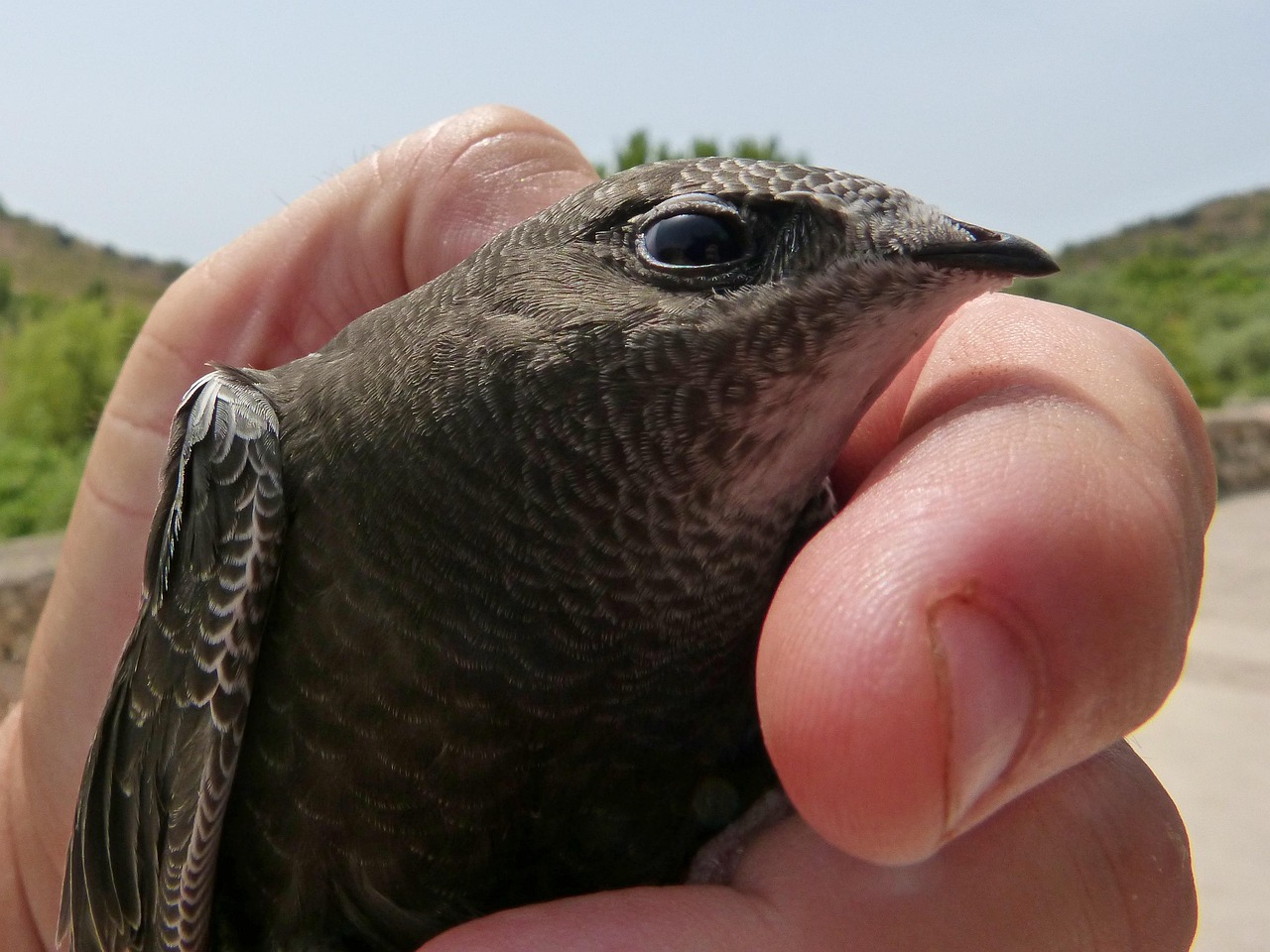By Tori Glenn
Taylor Swift Deepfakes: Understanding the Implications of AI Technology
Taylor Swift Deepfakes: Understanding the Implications of AI Technology
Deepfakes and the intersection with celebrity culture have sparked intense debate and curiosity. With Taylor Swift at the forefront of pop culture and technology, understanding deepfakes related to her can provide insights into this rapidly evolving digital landscape. This blog delves into what deepfakes are, how they relate to Taylor Swift, and their implications.
The Rise of Deepfakes in Celebrity Culture

Deepfakes use artificial intelligence to create hyper-realistic videos or audio recordings, imitating someone else’s likeness and voice. Taylor Swift, being a prominent public figure, has found herself depicted in various deepfake scenarios.
The allure of pairing deepfakes with popular celebrities lies in the captivating blend of entertainment and technology. However, this raises concerns about consent, privacy, and misinformation.
What are deepfakes and how do they work?
Deepfakes leverage deep learning algorithms to manipulate existing media. They assess countless images and videos to create a realistic portrayal of an individual. For Taylor Swift, this technology presents exciting yet risky possibilities.
According to a report by MIT Technology Review, the use of deepfake technology has doubled in the past year, coinciding with advancements in AI.
Ethical Considerations Surrounding Taylor Swift Deepfakes

The use of Taylor Swift deepfakes raises significant ethical questions. Who owns the likeness of a celebrity? If a deepfake creates or distorts narratives, it can harm reputations and evoke unintended emotional responses.
Swift's team has been vocal about her privacy rights, emphasizing the need for protective measures against unauthorized uses of her image and voice.
Can deepfakes ever be ethically used?
While there are creative expressions of deepfake technology, such as in storytelling or parody, ethical use remains contentious and often controversial. Consent and clarity are paramount.
A case study from Stanford University suggests that incorporating clear disclaimers can help mitigate the ethical dilemmas posed by deepfakes.
Safeguarding Against Misuse of Deepfake Technology

As consumers of digital media, it’s vital to remain vigilant. Here are some best practices for navigating the world of deepfakes:
- Verify the source of media before sharing.
- Stay informed about the latest technologies and trends.
- Report suspicious or harmful content.
How can I identify a deepfake?
Identifying deepfakes often requires a keen eye. Look for inconsistencies in facial alignment, unusual lip-syncing, or deviations in voice tone. Technology is advancing, making detection more challenging, and familiarity with known trends can be beneficial.
Dr. Hany Farid, a pioneer in digital forensics, states, "As deepfake technology improves, so must our tools for detecting and understanding it." This highlights the importance of ongoing education.
Conclusion

The phenomenon of Taylor Swift deepfakes embodies the double-edged sword of technology—offering entertainment potential while raising critical ethical and privacy concerns. As we navigate this digital landscape, staying informed and responsible is crucial.
To learn more about deepfake technology and its implications, consider subscribing to our newsletter or sharing this with your friends!
Related
-
 Travis Kelce and Taylor Swift: A New Power Couple?
Travis Kelce and Taylor Swift: A New Power Couple?
-
 Exploring the Impact of Taylor Swift on Music and Culture
Exploring the Impact of Taylor Swift on Music and Culture
-
 Exploring Taylor Swift Songs: A Deep Dive into Her Musical Journey
Exploring Taylor Swift Songs: A Deep Dive into Her Musical Journey
-
 Discover Taylor Swift Age and Her Impact Over the Years
Discover Taylor Swift Age and Her Impact Over the Years
-
 The Ultimate Guide to Taylor Swift Merch: Best Items for Every Fan
The Ultimate Guide to Taylor Swift Merch: Best Items for Every Fan
-
 The Ultimate Guide to Taylor Swift Albums: Exploring Her Musical Journey
The Ultimate Guide to Taylor Swift Albums: Exploring Her Musical Journey
-
 Taylor Swift Eras Tour: A Journey Through Music and Memory
Taylor Swift Eras Tour: A Journey Through Music and Memory
-
 How Old is Taylor Swift? Unveiling the Age of the Iconic Singer
How Old is Taylor Swift? Unveiling the Age of the Iconic Singer
-
 Discover Taylor Swift AI Pictures: The Future of Fan Art
Discover Taylor Swift AI Pictures: The Future of Fan Art
-
 Is Taylor Swift Going to the Chiefs Falcons Game?
Is Taylor Swift Going to the Chiefs Falcons Game?